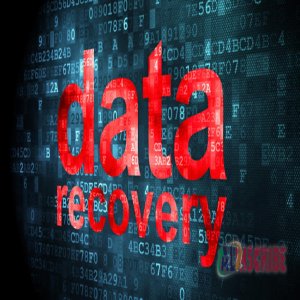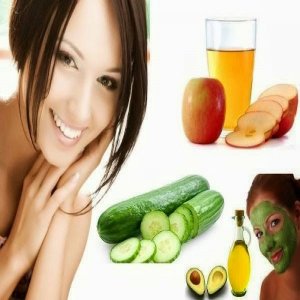THE EFFECT OF AGRICULTURE ON GREEN LIVING
Author: Administrator
Published in: Green Living
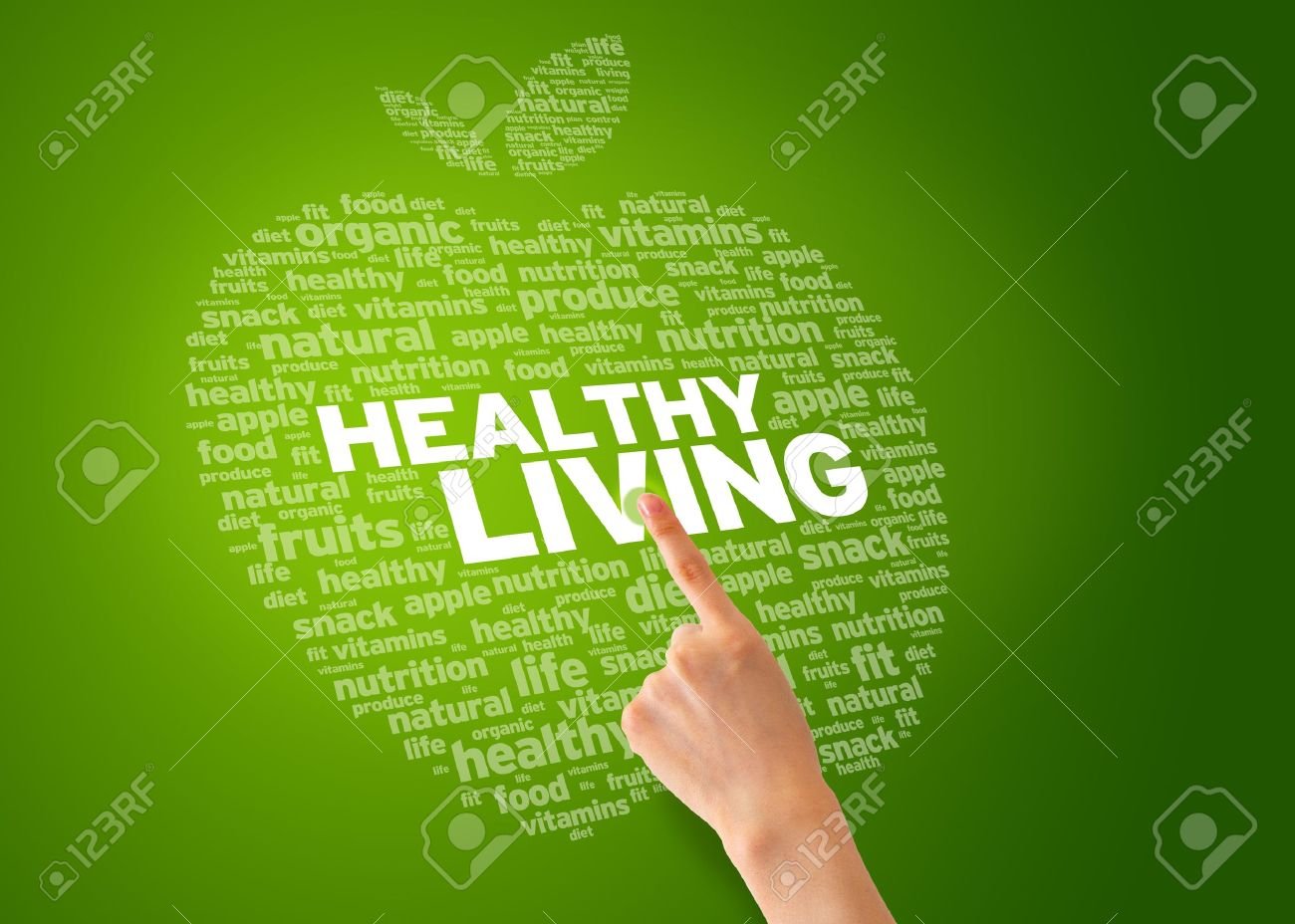
Earth the Unique Planet
According to accepted scientific research, the earth is over 4.5 billion years old. There have been various stages where different forms of life existed on earth. It started off with single-celled bacteria. Life forms that we are familiar with only appeared 570 million years ago while humans followed only 200 000 years ago. During this time, we have had the privilege to enjoy the breathtaking beauty of the earth, its wonderful adventures, its spiritual and physical joys. No one can say with any certainty that there is water, oxygen or plant life on any other planet let alone intelligent life. The point is that we are privileged to experience life and all its variations as it exists. As Dimitar Sasselov puts it:
“We love our planet. We should – it is our home, and there is no place like home.
There can’t be a better place than Earth”
There are, however, warning signs that all is not well with our sanctuary in a dangerous Universe. The principal cause of these warning signs is, no less, modern man and the way it uses the resources available on earth. In its quest to increase the standard of living, mankind has adopted a lifestyle which threatens the resources of the earth. Water pollution, the extinction of different species of life, food scarcity, inhumane treatment of animals, and the disregard of basic human rights are some of the evidence that we are ruining our planet.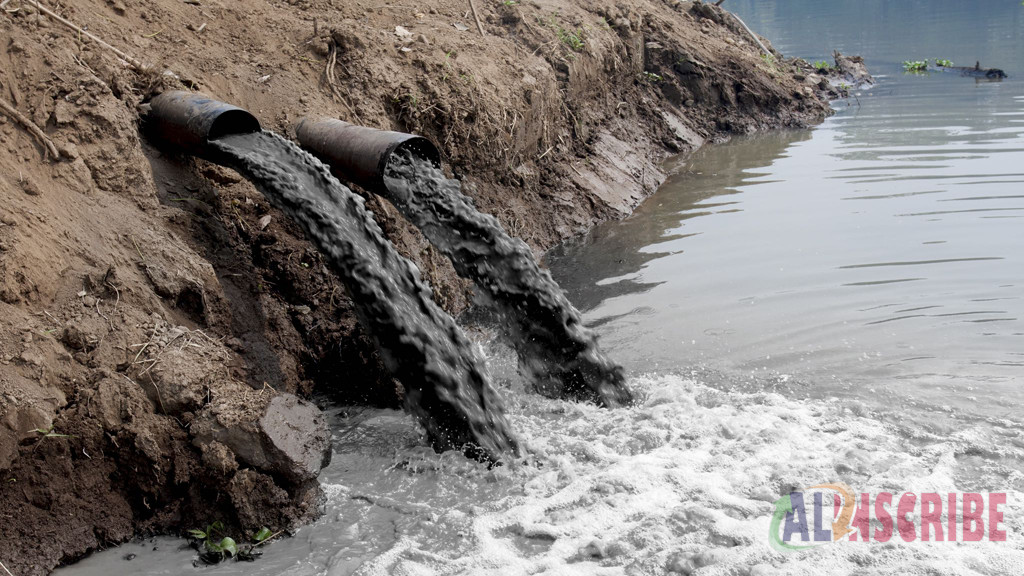
The Green Living Movement
It is to our credit that there is a growing movement to address this situation by world governments, the international corporate world, and passionate individuals. Their efforts are aimed at the use of resources in a manner which improves the well-being and social equity of life on earth. At the same time, it decreases the risks of environmental degradation and the overuse of scarce resources. It is often stated that the aim is to use sources in a manner that will satisfy the needs of the present generation but also ensures the same privilege for future generations. The more responsible citizens of the world are engaged in a process to establish the ideal where sources are consumed in a way that they will last forever, always capable of replenishing itself in a natural way.
This movement must also deal with the justifiable pursuit of the really poor sections of world citizenry, to improve their standard of living. Should there not be a minimum standard of living that acknowledges the dignity of every person? This is not a question which can be ignored any longer and a happy balance should be struck between these opposing needs. The 3 million deaths per year of children below the age of 5 should be made part of the solution to achieve green living.
What is not in doubt is the necessity to strengthen and expand the work of green living supporters. The world is already in crises despite the denial of world leaders like Donald Trump. Action is required urgently and responsible people all over the world should not miss any opportunity to further this cause.
Agriculture and Green Living
All human activities impact on the environment. The supply of services by governmental institutions, the supply of food and consumables by industry and day to day living by ordinary citizens all participate. The balance of this article will look at the effect of specifically agriculture and how it impacts on environmental threats.
Unmistakably the mere fact that the ever-increasing demand for food requires the deforestation of large quantities of land, in itself contributes to the threat of our environment.
When it comes to farming activities as such we differentiate between two types of farming. Traditional or conventional farming also known as industrial agriculture has been around since the late 1800's with strong growth in the period after the second world war. This type of agriculture, practiced by the majority of farmers takes no or little heed of environmental issues. It is characterized by the following actions:
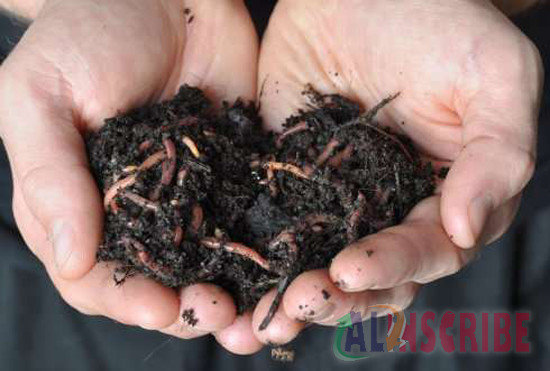
- It consumes high quantities of energy and water. Its focus is concentrated only on the economic aspects of farming;
- It uses harmful chemical fertilizers;
- Pests are chemically controlled often doing harm to water sources and animal life;
- It employs small cages to house animals and force feeds them;
- Heavy irrigation is used to water crops;
- The same crops are planted over and over on the same land leading to the depletion of nutrients;
- To the detriment of consumers and the environment, hormonal supplements are fed to animals and plants.
In defense of industrial farmers, it must be acknowledged that the transition to a more sustainable model of farming can be expensive. Many small farmers are nothing more than subsistence farmers and the changeover would be unaffordable for them. It is clear that cross-subsidization by governments or private cooperatives would be required to address the threats imposed by this type of farming.
The counterpart of industrial farming is known as sustainable agriculture. It is in compliance with the principles of green living and should be encouraged, even accelerated. It is the contribution of the farming community to the rising hazard of the environmental disaster that is facing the world.
Sustainable agriculture takes into account the promotion of biodiversity, recycling of resources, promoting ecological balance and much more. It also takes into account the locality of the farm and the existing conditions on the ground. Profitability remains a goal of sustainable farming but environmental health and social equity find its rightful place in this system.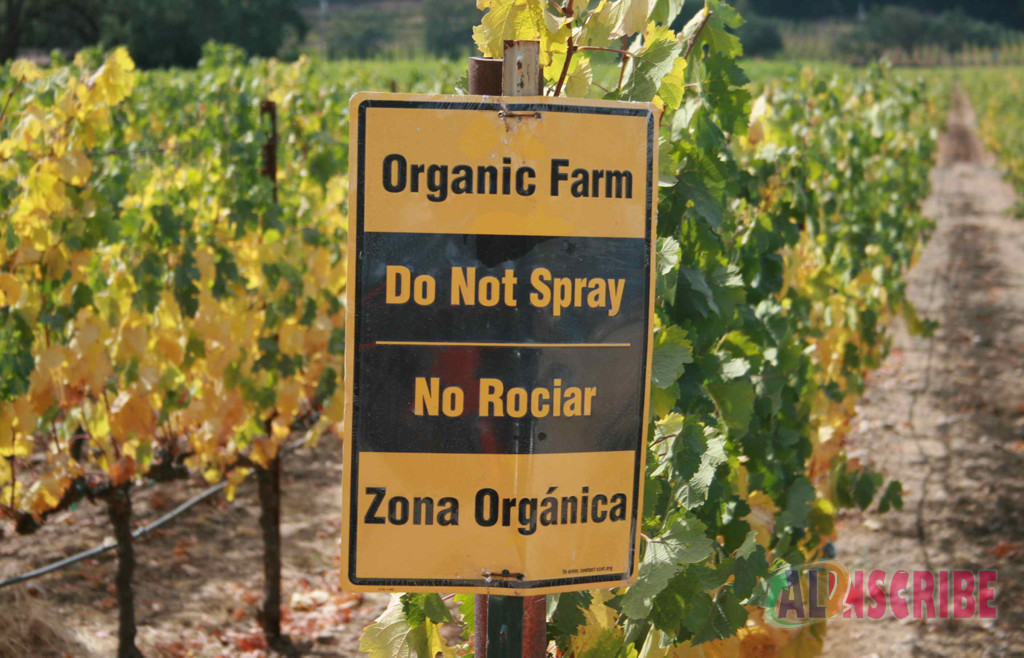
Education and training take these factors into account and research is increased on topics like biology, agricultural economics, and chemistry. The following actions can be considered in this regard:
- Storage, reduction of water use and the quality of water are ecological considerations which can be implemented;
- Conserve energy are by the use of resources by using hydropower, the wind, and solar power;
- Encourage biodiversity where a variety of organisms and insects can live in healthy conditions;
- Keep bees to help with pollination;
- Use sustainable methods to enhance the natural fertility of your farm including crop rotation and natural compost resources. Read the abundance of material on the Internet about organic farming;
- Training of candidate farmers should aid the making of decisions which maximize production and profit;
- Plant crops which complement each other.What one type of plant removes from the soil another may re-establish;
- Avoid soil erosion by keeping the soil healthy.Natural fertilizers and cover crops help in this regard;
- Shelters created by farmers of birds, insects, and bats can be helpful to avoid crop pests;
- Hand weeding is the happy alternative for pesticides that go beyond that leaves a footprint after killing the weeds.
Conclusion
The world no longer has the luxury of choice in the matter of the protection of the environment and sustainable living. In view of the large contribution that farming makes to the environmental footprint of the world its participation in the green living campaign is imperative. Agriculture can make a valuable contribution to the protection of our planet for future generations. The support of both the private and the public sector to achieve this goal is indispensable.
Article Comments
Articles Search
Sponsor
There are zero sub-categories in this parent category.
There are zero sub-categories in this parent category.
There are zero sub-categories in this parent category.












